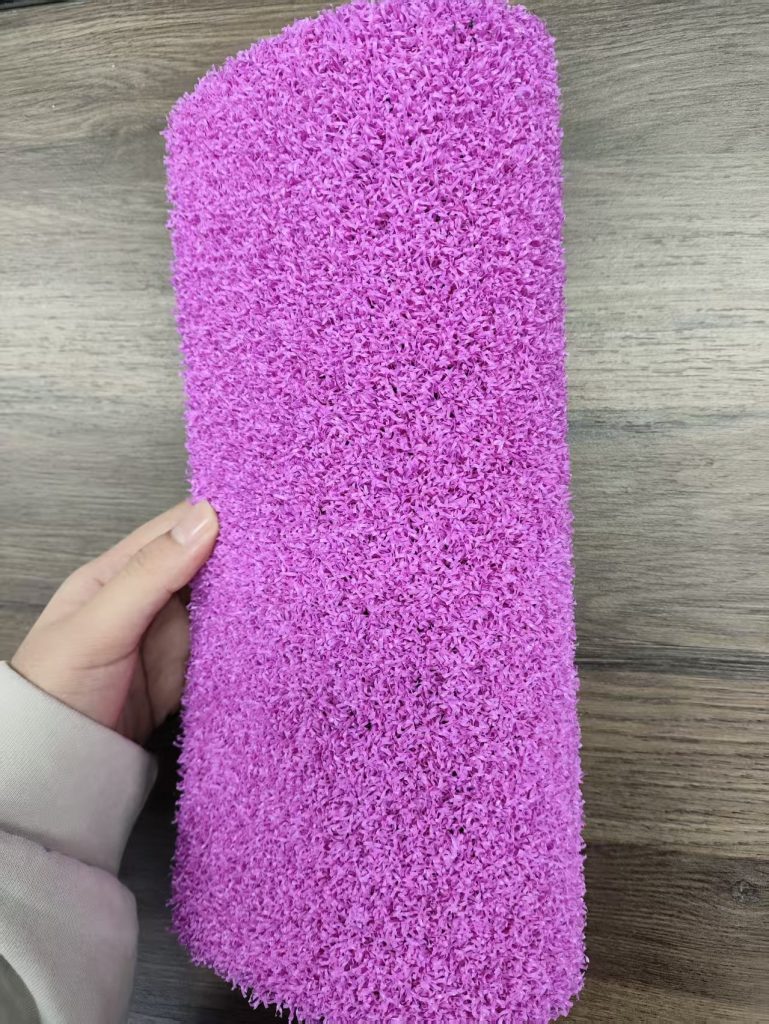
News
The core competitiveness of artificial grass lies in precisely addressing the numerous pain points of traditional natural grass greening, making it an efficient choice for greening. In response to the cumbersome maintenance of natural grass, artificial grass does not require frequent operations such as irrigation, pruning, and fertilization. It only needs regular simple cleaning, which can save a large amount of water resources and labor costs every year. It is especially suitable for scenarios with limited maintenance resources.
In terms of environmental adaptability, artificial grass breaks through the limitations of climate and region. In the cold winter in the north, there is no need to worry about freezing and withering. In the rainy season in the south, it is less likely to have rotten roots. In desert and arid areas, there is no need to rely on water replenishment. It can also be stably laid in special Spaces such as rooftops and indoors, solving the strict requirements of natural grass for growth conditions.
In terms of safety, high-quality artificial grass is made of food-grade eco-friendly materials, free of heavy metals and harmful chemicals. The grass fibers are soft and have no sharp edges, and the cushioning bottom layer can effectively absorb impacts. Whether it is a children's playground, a kindergarten activity area, or a pet activity space, it can avoid potential safety hazards such as mosquitoes, weeds, and pesticide residues that may exist in natural grass.
By addressing the pain points of traditional greening in a targeted manner, artificial grass has achieved "immediate use and long-lasting durability" in various scenarios, becoming the preferred choice for greening that balances efficiency and safety.
